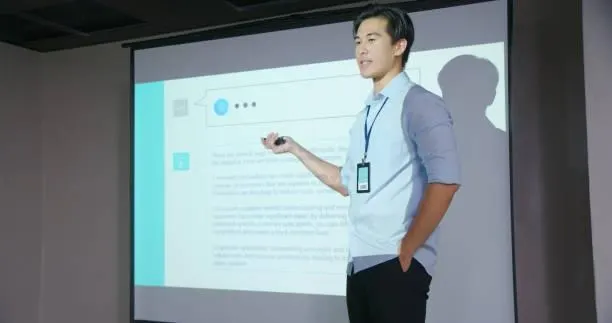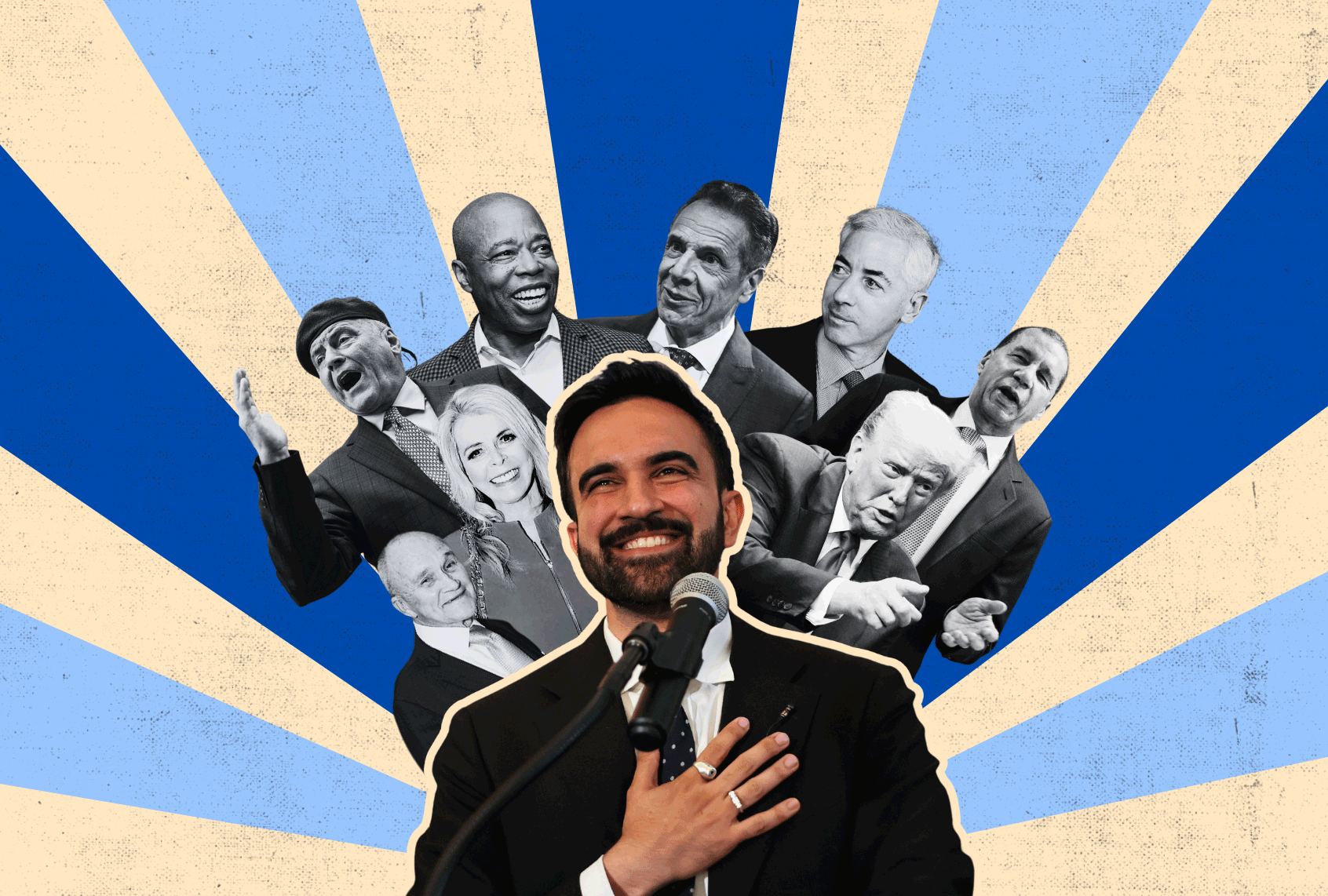Copyright Forbes

New tech is testing the limits of academic honesty and forcing schools to rethink what it really means to learn. Across classrooms worldwide, a quiet debate is dividing educators. Not over politics or policy, but over tools. At the center sits artificial intelligence (AI). For some institutions, generative AI represents a threat to academic integrity. For others, it’s an opportunity to redefine how students learn. According to a recent survey by my own company, Prosper Insights & Analytics, more than one in three U.S. adults say they already use generative AI tools; a figure that climbs even higher among Gen-Z and Millennials. This generational divide is playing out in classrooms everywhere, where students are being accused of AI-assisted plagiarism and facing strict academic consequences, sometimes only to be found innocent. David Brudenell, executive director at Decidr, believes this moment signals the beginning of a new kind of literacy, not the end of learning as we know it. AI, he says, should be treated the same way past generations embraced the calculator or the internet: as an inevitable and essential skill. Banning it, he argues, is like “banning the internet in 2000 or the calculator in 1985.” AI Demands More Thinking, Not Less of It Skeptics often frame AI as a shortcut or a way for students to avoid effort. But the reality can be the opposite. According to Prosper Insights & Analytics data, roughly one in five current AI users say they already use the tools for education to generate test questions or clarify difficult concepts, signaling a quiet shift in how students supplement traditional instruction. MORE FOR YOU Using AI well requires judgment, iteration, and reasoning across multiple disciplines. Students who learn to prompt and refine responses engage in a different kind of thinking that mirrors how problem solving increasingly happens in the real world. In that sense, AI doesn’t replace cognition; it deepens it. The challenge is that education systems have been slow to adapt. The pandemic exposed that lag. As schools went remote and campuses emptied, millions of students experienced a collapse in motivation and connection. Anecdotally, Brudenell recalls one university student who described her first year as “a kind of academic exile,” marked by isolation and disillusionment. But when she began using early large language models (LLMs) to help explain difficult concepts, her initial understanding improved, her grades eventually rose, and her anxiety subsided. “Yes, the tool gave answers, but it also gave her confidence,” he said. From Conformity to Capability That example probably underscores AI’s most powerful potential: personalization. A generative AI chatbot can adapt to the learner’s pace and preferred mode of understanding, whether it’s visual, conceptual, or narrative. For students with ADHD, dyslexia, or for whom English isn’t a first language, that flexibility can be transformative. It represents what Brudenell describes as “true equity in action,” or “an environment that adjusts to individual needs, rather than forcing every learner through the same narrow channel.” Most classrooms, however, remain built on a broadcast model with one teacher, one method, and one pace. AI can then be seen as a challenge to that paradigm by enabling individualized tutoring at scale. Instead of standardizing comprehension, in an ideal scenario, it promises to cultivate capability. Rethinking Academic Integrity A study conducted by researchers at the University of Maryland examined a dozen AI detection services and found they mistakenly identified human-written text as AI-generated about 6.8 percent of the time, on average. That margin of error underscores a deeper issue: the fear that students will use AI to cheat reflects a deeper flaw in how learning is measured. If an LLM can produce a passable essay, the problem isn’t the student or the software. It’s the assessment itself. That realization is driving a shift in thinking. The tide of innovation is forcing forward-looking educators to redesign how they evaluate understanding, incorporating AI into the process rather than banning it from the classroom. As Brudenell notes, “When students train AI tools on their own writing and thought patterns, those systems can record and reflect their process in unprecedented detail. The result is a transparent record of intent and originality, a more effective safeguard for academic integrity than any plagiarism detector.” The next step would be a curriculum where students aren’t just graded on their conclusions but also on the prompt chains they used to reach them. This kind of layered thinking would assess comprehension, creativity, and reasoning all at once, which are hallmarks of true higher order learning. The Real Risk is Falling Behind In the bigger picture, a country’s educational competitiveness and its economic future depend on how quickly its students adapt to this reality. Those who treat AI as forbidden will basically risk producing graduates unprepared for the world they’re entering. “The toothpaste is out of the tube,” Brudenell says. “You can fear the machine, or you can teach the child to command it.” Overreliance on AI isn’t without consequences. Studies suggest it can weaken memory and retention. Yet for Brudenell, that’s precisely why education must evolve. “Rather than resisting the tools students already use, schools must teach them how to apply AI critically and responsibly,” he says. That philosophy underpins Decidr’s own work. The company’s agentic operating system embeds intelligent mentors, tutors, and coaches directly into digital platforms where learning occurs, such as HR systems or executive education programs. These AI mentors offer real time, adaptive feedback that helps people learn faster and more deeply. “The goal isn’t to replace teachers or trainers,” says Brudenell, “but to enhance them by moving beyond static courses or compliance videos toward dynamic, personalized learning.” The debate will rage on, but when deployed with purpose, AI may enrich education. At its best and most generous, business leaders like Brudenell envision AI transforming learning from a standardized process into a vibrant dialogue between curiosity, technology, and human potential. According to a recent Prosper Insights & Analytics survey, while fewer than 25% of Boomers say they’ve used generative AI, adoption among Gen-Z is nearly double that — evidence of a widening digital literacy gap that schools can no longer ignore. Disclosure: The consumer sentiment study referenced above was conducted by my company, Prosper Insights & Analytics. This is the same dataset used by the National Retail Federation, and available from Amazon Web Services, Bloomberg, and the London Stock Exchange Group for economic benchmarking.



